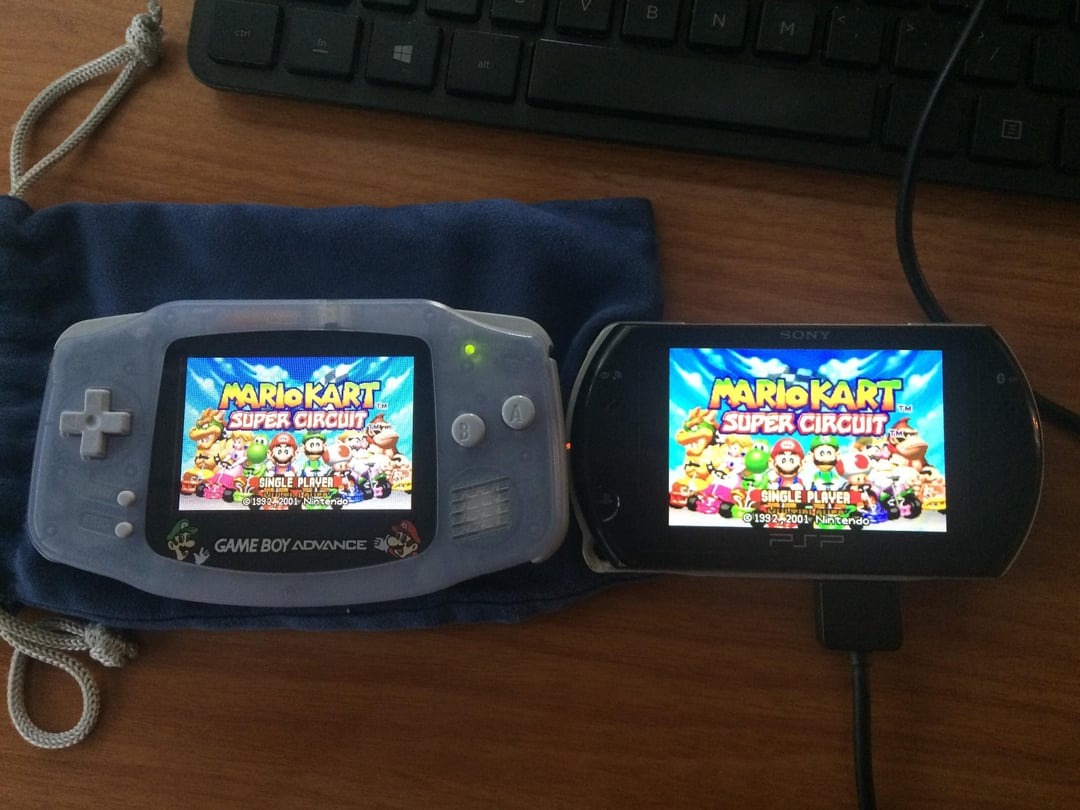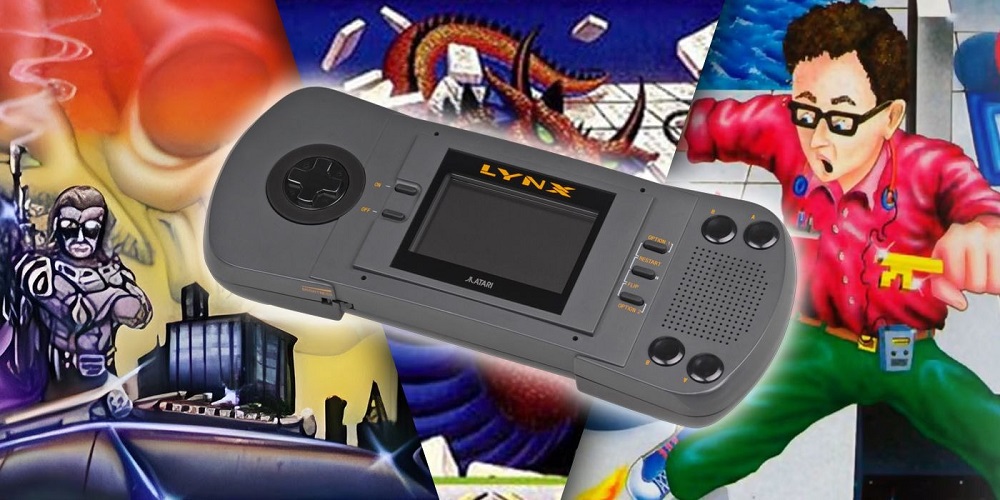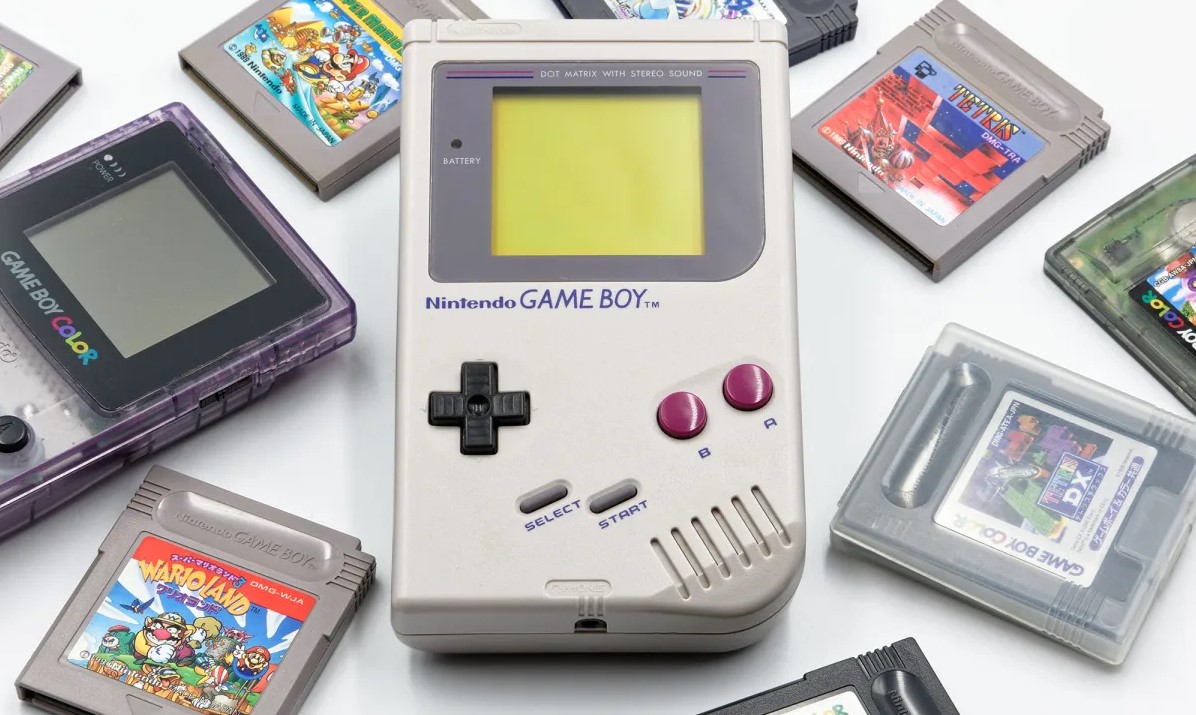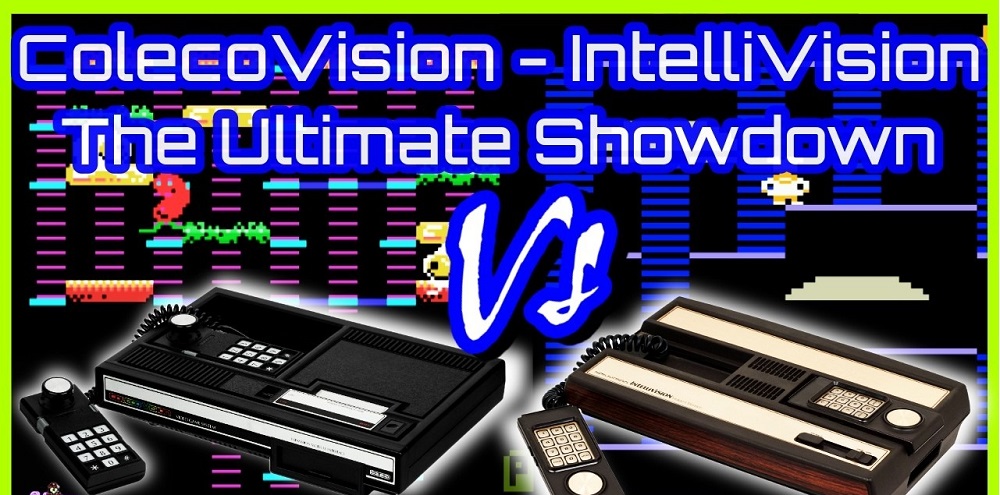The early 2000s marked a defining moment in the handheld market. Nintendo, long the dominant force thanks to the Game Boy, introduced the Game Boy Advance (GBA) in 2001, refining its formula with better graphics, new gameplay possibilities, and backwards compatibility. Four years later, Sony entered the fray with the PlayStation Portable (PSP), a sleek multimedia device promising console-quality gaming on the go.
This was more than just a hardware rivalry — it was a clash of philosophies. Nintendo leaned on accessibility, affordability, and strong first-party support, while Sony pushed cutting-edge visuals and multimedia capabilities.
At Oldies Nest, we’ll explore the handheld showdown that defined an era: Game Boy Advance vs. PSP.
Nintendo’s Game Boy Advance: Building on a Legacy
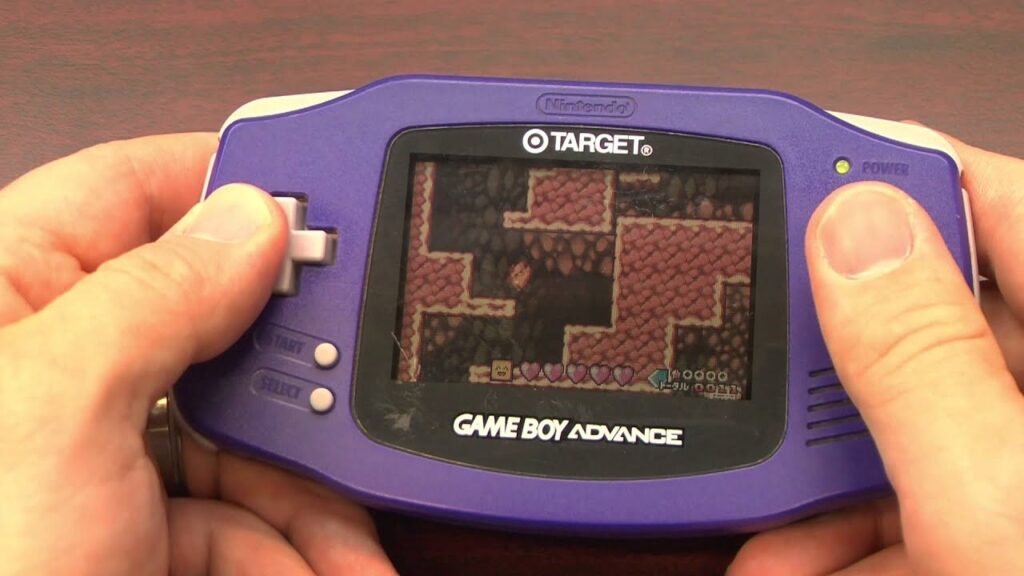
Following the massive success of the Game Boy, the GBA represented Nintendo’s next evolutionary step.
- Specs: 32-bit ARM processor, capable of SNES-level graphics.
- Backward Compatibility: Played all existing Game Boy and Game Boy Color titles.
- Form Factor: Sleek, horizontal design, later refined into the GBA SP with a clamshell and backlit screen.
Game Library Strength
The GBA boasted a stunning lineup of 2D classics:
- The Legend of Zelda: The Minish Cap
- Advance Wars and Fire Emblem
- Pokémon Ruby, Sapphire, and Emerald
- SNES ports like Super Mario World and Donkey Kong Country
By continuing to lean into sprite-based gameplay, Nintendo ensured the GBA aged gracefully, with visuals that still charm retro fans today.
Sony’s PSP: Console Gaming in Your Hands
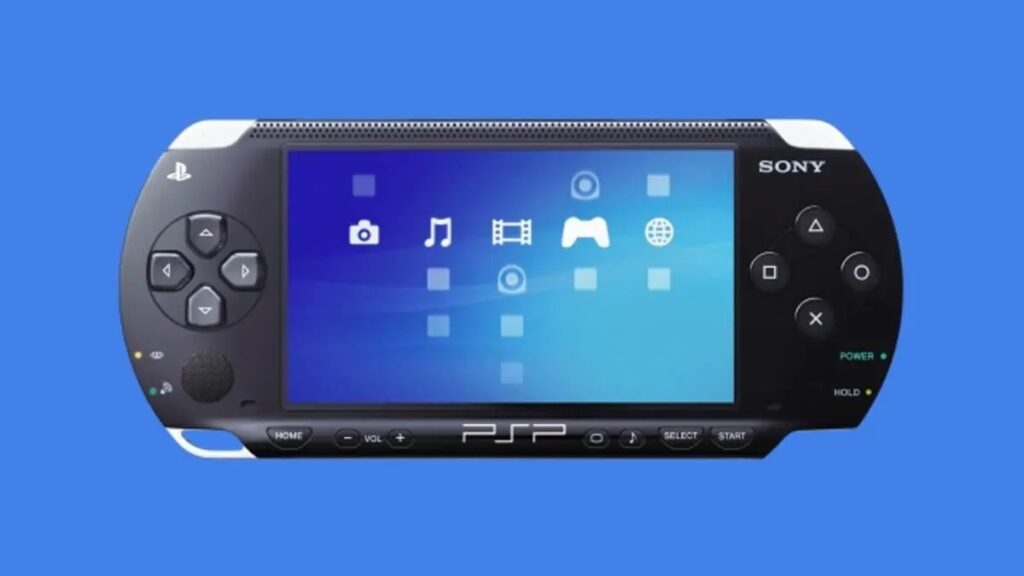
When Sony launched the PSP in 2004, it felt like the future had arrived.
- Specs: High-resolution widescreen LCD, powerful 3D graphics, Wi-Fi support.
- Multimedia: Played UMD movies, music, and supported photo storage.
- Design: Sleek, glossy look that felt more like a lifestyle device than a toy.
Game Library Highlights
The PSP’s library showcased its graphical prowess:
- God of War: Chains of Olympus
- Crisis Core: Final Fantasy VII
- Monster Hunter Freedom Unite
- Grand Theft Auto: Liberty City Stories
With blockbuster experiences once thought impossible on handhelds, the PSP pushed the boundaries of portable gaming.
Hardware Comparison: Specs vs. Practicality
| Feature | Game Boy Advance (2001) | PlayStation Portable (2004) |
|---|---|---|
| CPU | 16.8 MHz ARM7TDMI | 333 MHz MIPS R4000 |
| Screen | 2.9” reflective LCD | 4.3” TFT LCD widescreen |
| Media | Cartridges | UMD discs |
| Battery Life | 15–20 hours | 4–6 hours |
| Backward Compatibility | GB + GBC games | None |
| Multimedia | Games only | Games, movies, music, photos |
The GBA emphasized simplicity and longevity, while the PSP prioritized power and features at the cost of battery life.
Price and Market Strategy
- Game Boy Advance: Affordable at launch, widely accessible for kids and families.
- PSP: More expensive, marketed as a premium device for teens and adults.
Sony tried to broaden handheld gaming’s audience, while Nintendo stuck to its roots of game-first experiences.
Multiplayer and Connectivity
- GBA: Local multiplayer via link cables, later wireless adapters. Popular for Pokémon trading and battles.
- PSP: Wi-Fi enabled ad-hoc play, supporting franchises like Monster Hunter.
Both systems fostered communities, though the PSP’s wireless play hinted at modern online gaming.
Cultural Impact and Legacy
The GBA reinforced Nintendo’s dominance, cementing its role as the handheld leader. Its accessible price, Pokémon craze, and timeless 2D games kept it in millions of pockets.
The PSP, meanwhile, appealed to an older demographic, proving handhelds could deliver console-quality gaming and media playback. It became a cult favorite, especially in Japan where Monster Hunter made it a cultural phenomenon.
This handheld clash directly influenced the later battle of PSP vs. Nintendo DS.
Collector’s Perspective in 2025
Today, both handhelds enjoy thriving collector markets:
- GBA: Rare titles like Mother 3 (Japan-only) and boxed Pokémon editions are highly prized.
- PSP: Limited edition models (Final Fantasy VII Crisis Core edition, Monster Hunter bundles) command strong prices.
Both systems represent different philosophies, making them must-haves for retro enthusiasts engaged in retro game collecting.
Why the Showdown Mattered
The Game Boy Advance vs. PSP battle highlighted two paths for handhelds:
- Nintendo’s Approach: Longevity, affordability, charm, and 2D polish.
- Sony’s Approach: Power, multimedia, and console-style gaming.
Ultimately, Nintendo retained dominance with the DS, but the PSP proved there was room for ambitious, tech-driven handhelds.
Conclusion: Two Sides of the Same Coin
The GBA and PSP offered vastly different visions of portable gaming, but both left a lasting legacy.
The GBA carried the torch of 2D greatness and kept Nintendo’s handheld dominance alive.
The PSP showed handhelds could rival home consoles in scope and ambition.
Together, they shaped the portable landscape we know today — paving the way for the Nintendo Switch and modern mobile gaming.
